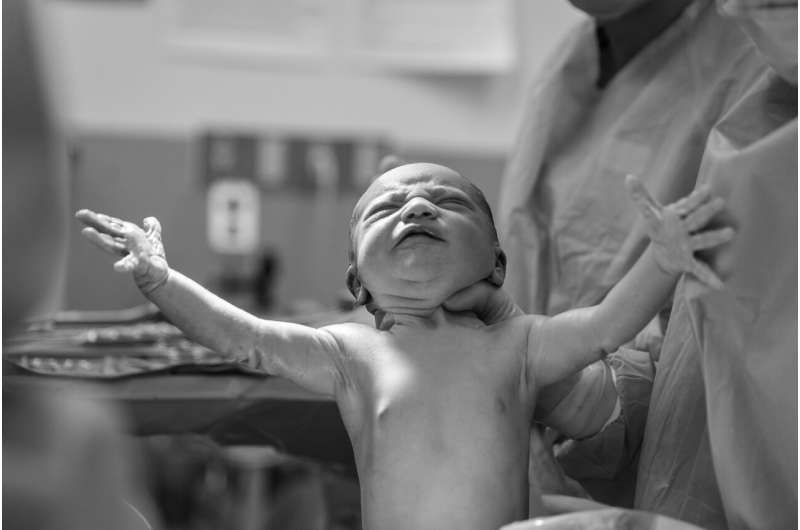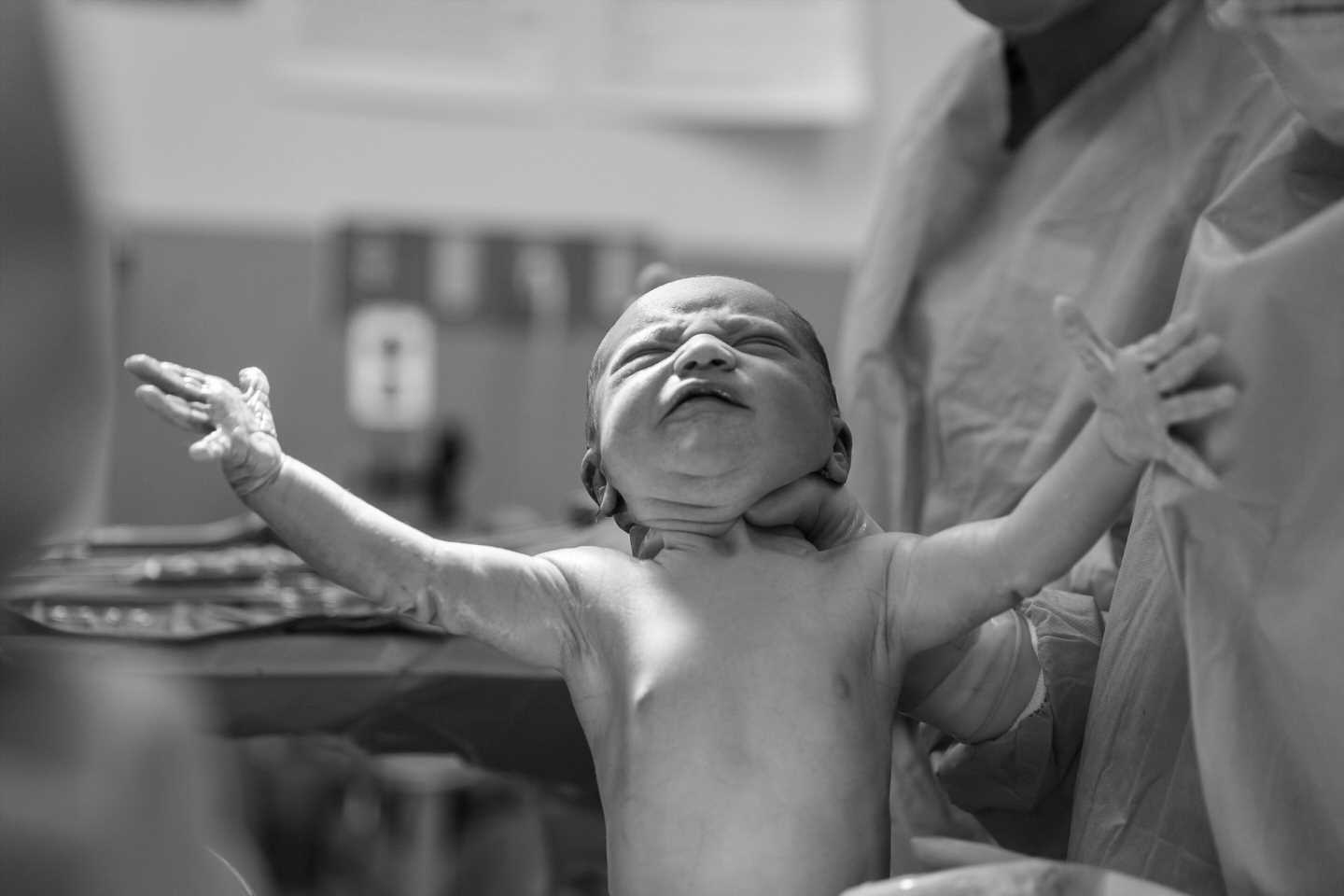
While a sudden unexpected infant death (SUID) is rare in the first month of life, a new Rutgers study has found that those occurring in the first week, an even rarer event, have different risk factors than those dying later, and recommended more thorough investigations into the possible causes of these early deaths.
“SUID in the first month of life is rare,” said Thomas Hegyi, co-author of the study and medical director of the SIDS Center of New Jersey, “however, data suggest that within that first month, there are differences in risk patterns for SUID based on age at death. The first month of life is especially crucial to study as it is a time when mothers are in postpartum recovery, experiencing fatigue, establishing breastfeeding practices and developing new household routines, which can influence risk factors.”
The study, published in The Journal of Maternal-Fetal and Neonatal Medicine, compared sudden unexpected infant death risk factors in the first week to those in the remainder of the first month in infants at and above 34 weeks of gestational age. “When it comes to risk factors for SUID in the first year of life, one size may not fill all,” said co-author Barbara M. Ostfeld, program director of the SIDS Center of New Jersey. “Identifying age-specific risks can lead to improvements in outcome. In our study, some of the more common social and health risk factors associated with SUID were less evident in the first week.”
Researchers analyzed data from 2000 to 2015 in the SIDS Center of New Jersey’s SUID case database and the New Jersey State Health Assessment Database (NJSHAD). They found that out of the 889 deaths of infants born at or above 34 weeks of gestation classified as SUID, 123 occurred in the first 27 days of life and 24 in the first week.
Of the three commonly reported types of SUID—Sudden Infant Death Syndrome (SIDS), accidental suffocation and strangulation in bed, and ill-defined and unknown causes—the cause of death of infants who died in the first six days was more likely to be classified as of an ill-defined and unknown cause compared with infant deaths from 7 to 27 days, which were often classified sudden infant death syndrome.
“The greater use of the ill-defined and unknown classification in the first week suggests greater uncertainty as to whether all possible causes have been considered and ruled out,” Hegyi said.
In the United States, each year, there are about 3,400 SUIDs—deaths occurring among infants less than one-year-old with no apparent cause—according to the Centers for Disease Control and Prevention. Infants at or above 34 weeks gestational age account for 91 percent of the cases.
The Rutgers study found that mothers of those dying in the first week showed less evidence of common risk factors. A higher percentage of mothers whose infants died in the first week had education beyond high school and adequate prenatal care, in contrast to the typical pattern of adverse social and health risk factors associated with SUID. There were also trends toward less smoking during pregnancy, a significant risk factor for SUID, and a greater likelihood that the infant was the mother’s first birth.
“Mothers of infants dying in the first week were more likely to have delivered via a primary cesarean section, which carries potential distraction risks such as postpartum fatigue, postpartum depression or pain-relieving medication,” noted Hegyi. “If these challenges result in poor positioning of the infant during breastfeeding or skin-to-skin contact, especially with first-time mothers unfamiliar with signs of infant distress or who may be recovering from a Cesarean section, there can be an increased risk.
“Our study supports the need for further investigation of risk factors unique to a sudden unexpected infant death in the first week,” he continued. “However, any possible challenge to good positioning underscores the importance of following the guidelines issued by the Association of Women’s Health, Obstetric and Neonatal Nursing and the American Academy of Pediatrics Committee on the Fetus and the Newborn advising on managing and monitoring early maternal and infant interactions following a cesarean birth and on educating all new parents about positioning and other safety-related behaviors.”
“Skin-to-skin contact and breastfeeding are highly beneficial to newborns and parents and merit guidance, support and education to achieve optimal outcomes,” Ostfeld said.
“A recently published study of safe management of skin-to-skin care during hospitalization found gaps in education and supervision, which underscore the importance of increasing staff education and standardization of policies across hospitals,” Hegyi said.
Source: Read Full Article
